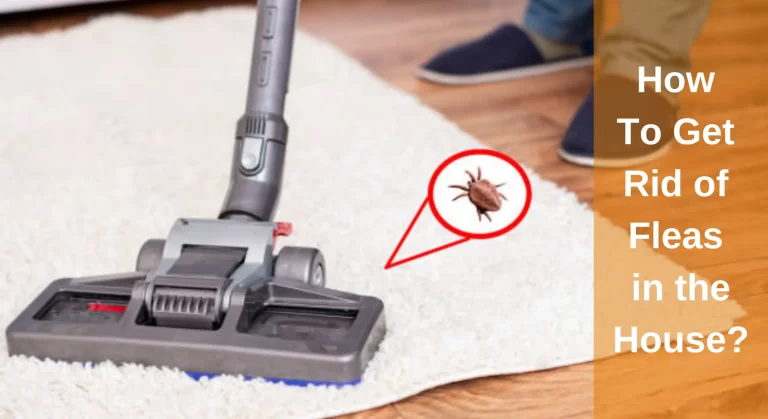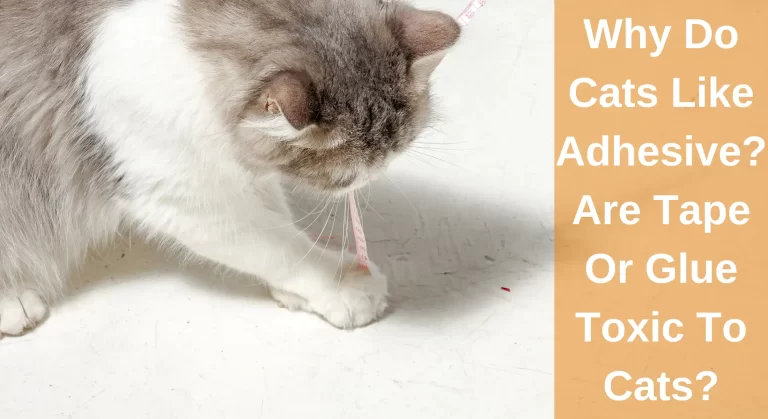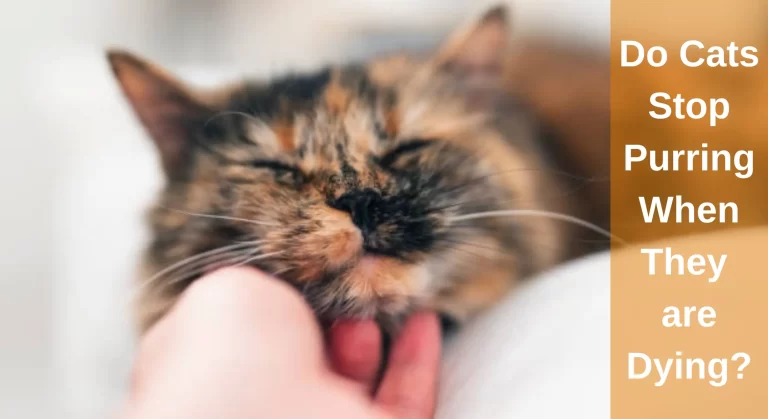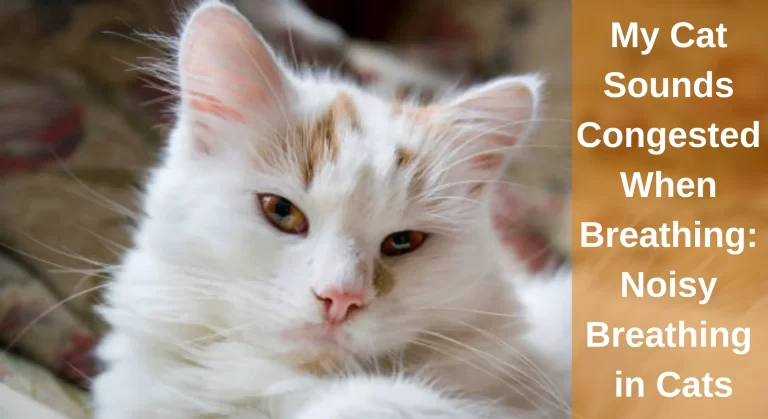Why Do Cats Hate Getting Their Nails Cut? [Explained]
Getting your cat’s nails trimmed regularly is essential to cat ownership, but both cats and humans dread it. It is all too often the case that nail trims leave the owner bleeding and clawed and that the cat is scared of the trimmer. So the question is, why do cats hate getting their nails cut?
Generally, cats don’t like to be restrained when trimming their nails. While it varies from cat to cat, most don’t like it. As long as the nails are not too close, the process isn’t painful for your cat, but it’s just an uncomfortable and odd experience for them.
This article will explore some natural methods to calm your cat before we clip its nails and the best methods to restrain your cat while trimming its nails.
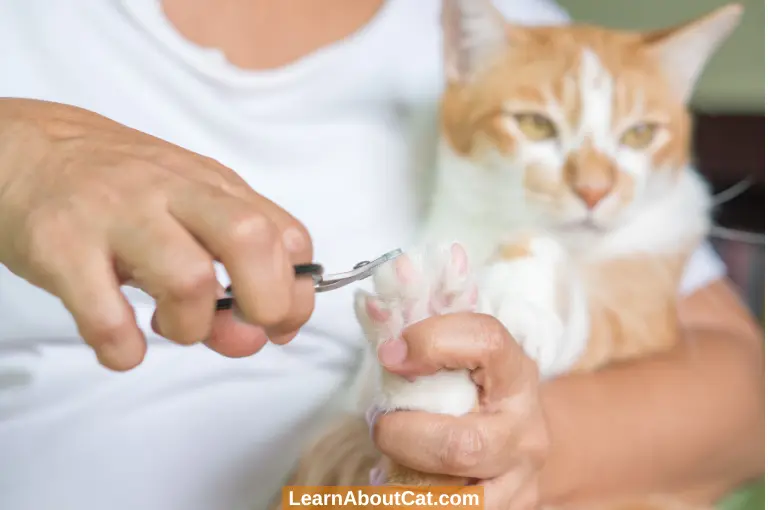
Why Does My Cat Cry When I Cut His nails?
Cat claws are comparable to human nails, including cuticles, quicks, and nails. The quick contains the blood vessels and nerves of the nail. When the quick is severed, it bleeds profusely and hurts greatly.
Due to an injury, your cat probably doesn’t appreciate having its nails clipped; once they feel pain, they know what to avoid. Nail trimming won’t bother a well-behaved cat. But not all cats are housebroken, as many of us are aware.
If you have a kitten, start training its nails as soon as possible. When you cut your cat’s nails, he can scream for one of the following reasons:
1. It’s Painful
When done correctly, the only difficulty cats have with nail clipping is being restrained while the nails are being clipped. Even though this could appear to be suffering, the pruning procedure shouldn’t be painful.
Even trimming a cat’s nails too short can occasionally be annoying or even painful. This is true because each cat nail comprises a “quick” that houses the nail and blood vessels.
If the nail is cut, the cat will get hurt because the nail will bleed. Your cat may only need one quick cut before they get afraid of having its nails trimmed in the future.
Sadly, negative experiences seem to remain with our cats and us more than favourable ones do. So, please be patient since giving your cat a rapid cut could cause significant distress.
2. It’s Unfamiliar to Your Cat
Your cat is accustomed to gently stroking its favourite parts, such as the ears, back, and even the tail. So, he/she is obviously perplexed by everything. It’s not good to anthropomorphize our cats, but seeing how this may happen to people is easy.
Hold your cat’s feet and play with its toes. And that is the first difficulty. If you’re patient, you may gradually desensitise your cat to having its feet handled, which would make getting its nails clipped much less frightening.
3. You are Stressed
Although it seems like cats are in a world of their own sometimes, they definitely take cues from us- at least some of the time. If you approach it with stress and anxiety, the nail-trimming process will be extra stressful and anxiety-provoking for your cat.
When trimming your cat’s nails, you should remain calm, even if they act like they’re being kidnapped. There is no guarantee that it will instantly calm your cat down and help him accept the nail trim, but it is certainly worth giving it a shot.
The fact that your cat’s nails have not been trimmed over a long period of time can lead to problems over time, but it doesn’t have to happen that instant.
Therefore, the best thing you can do to remain calm is simply to take your time. Instead of focusing solely on getting every nail trimmed, try sneaking in and trimming one claw during a petting session.
4. Clumsiness
You might have a slight hiccup in your overall strategy. That’s okay. Trimming a cat’s nails efficiently and effectively takes practice, and things are even more challenging when your cat knows how to avoid the nail trimmer.
It takes years of experience to learn how to restrain cats and other animals during procedures like nail trimming. If your restraint isn’t effective, cats may squirm and struggle because they’re aware they can escape, and they may not be as comfortable with how you’re holding them.
A kitty burrito is one of the most common restraint methods veterinarians, and groomers use. Towels are wrapped around your cat to make them look like little burritos, which limits their freedom of movement.
I strongly recommend you do this with a friend, so you can have one person do the burrito and the other person does the trimming.
Methods To Restrain Cat and Clip its Nails
Nail trimming is done by two people in parallel. The assistant makes the cat comfortable while the cat’s nails are trimmed.
- Use your hand in a V-shape as the person holding the cat squeezes or presses the cat towards the shoulder and back of the ear. Trimmers may need to pull the cat’s leg out of the way so it can reach the paws.
- The assistant can begin cutting the cat’s nails after the cat is secure. Backing up may be a natural reaction for the cat. It is important for the holder to apply a small amount of pressure to the cat’s body to stop it from moving while blocking any attempts to escape backwards on their own.
Also, Check Out: Overgrown Cat Claws: Do Overgrow Nails Hurt Cats
Should You Regularly Trim Your Cat’s Nails?
Ideally, you should clip your cat’s nails every ten days to two weeks, but sometimes your cat needs something else.
The frequency of cat nail clipping depends on whether the cat is indoors or outside.

- Cats that live outdoors: Outside cats maintain their nails by engaging in a range of outdoor activities, such as tree climbing and marking their territory. Cats need to get their nails regularly trimmed because as they become older, they spend less time outside, and their nails grow longer. It is suggested that older outdoor cats get their nails clipped every ten to two weeks, just like indoor cats do.
- Indoor cats may groom their nails by using your sofa or scratching posts. Trimming could be necessary to maintain the cat’s health because this might not be enough. Cats with long nails may feel uncomfortable and have limited mobility. According to PETMD, cats should get their claws cut every ten to two weeks.
Check Out: Why Are My Cat’s Nails Splitting?
Alternatives to Cat Nail clipping?
Declawing a cat is an alternative to clipping it.
Onychectomy or declawing is a surgical procedure that removes the third phalanx bone while under anaesthesia. It is commonly compared to someone who has had all their fingernails removed. The animal will experience pain both during and after the surgery, as with any surgical procedure.
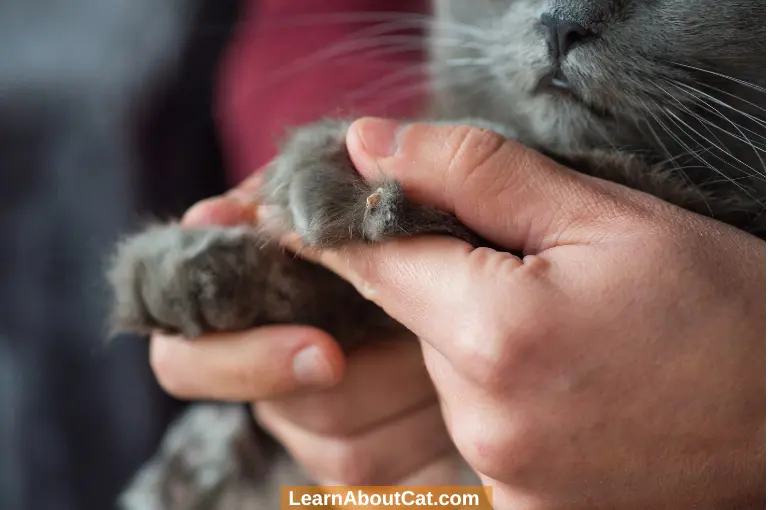
Scratching is a common behaviour among cats. It isn’t carried out to exact vengeance or desecrate a beautiful chair. To delineate their boundaries, tone their muscles, and get rid of any dead items that may be caught in their claws; they scratch.
Cats usually begin scratching around eight weeks of age. It’s the perfect time to show kittens how to use a scratching post and let them get their nails trimmed.
Declaring a pet should not be seen as a means of preventing unwanted scratching. Declawing can really result in a brand-new set of behavioural issues, some of which may even be worse than destroying the sofa.
Additionally, some cats develop postoperative issues, including claw regrowth, which makes the surgery not always successful. Due to their discomfort with the notion, some cat owners would prefer a non-surgical option to declaw.
Do Cats Feel Pain When Their Nails are Cut?
Cats don’t feel pain when their nails are cut if it is done correctly.

Being restrained while getting their nails cut is the only uncomfortable part for cats. Although it might not really be unpleasant, trimming should be painless.
Keeping your cat’s nails under control will be simpler if you clip your feline buddy’s nails every one to two weeks. If you’re having trouble trimming your pet’s claws, speak with a veterinarian.
Frequently Asked Questions
Do cats get sad when you cut their nails?
No, cats frequently don’t get sad when having their nails cut. It doesn’t have to be distressing for you and your cat to cut your cat’s nails, even if it could be. Cat behaviourists assert that every cat can be trained to accept having its nails cut and even enjoy it. You and your cat will be able to relax while receiving your regular manicures if you take the proper precautions.
What can I give my cat to relax her so I can cut her nails?
You can use CBD oil to calm cats before cutting their nails. With sublingual absorption (under the tongue), oil is absorbed directly into the bloodstream and is transported to the muscles for rapid action.
How can I calm my cat down to cut his nails?
Prior to trimming your cat’s nails, make sure she is comfortable with the sound of the clippers. While the cat is sitting on your lap, use the clippers to hold an uncooked spaghetti piece near him. A treat should be placed on top of the clippers if your cat sniffs them.
Do cats get mad when you cut their nails?
Many cats don’t like having their nails trimmed, and some refuse to do them. In the case of cats that aren’t comfortable being held, you may have to get your cat’s nails trimmed by a groomer or veterinarian.
Does it hurt cats if you don’t trim their nails?
It is important to trim your cat’s nails in order to avoid very painful scratches and to protect their health. Cats with long nails may injure their paws or legs because they add unnecessary pressure to the foot or leg once they touch the ground.
Wrap Up!
We shouldn’t be too startled if our cats hate getting their nails cut. It’s a strange encounter that differs significantly from how they usually interact with us. But if we pinpoint the specific reasons our cats detest claw trimming and work to address them, we will be much closer to a productive trimming session.
Who is Isabella?
My name is Isabella, and I am a dedicated and knowledgeable cat enthusiast. With years of experience caring for cats and a deep love for felines, I made a mission to help other cat lovers navigate the challenges of cat ownership.



